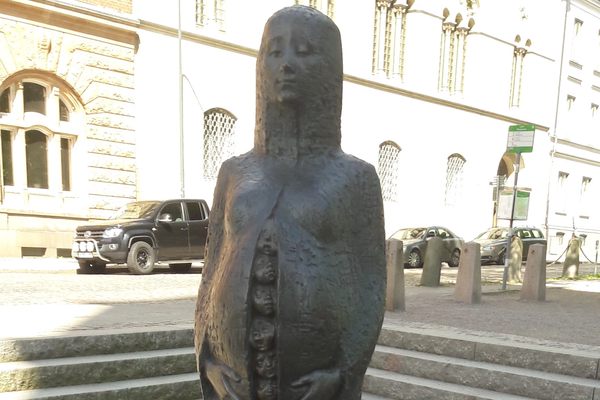About
In 312, shortly before the Battle of the Milvian Bridge, Constantine I—known as the first Roman ruler to convert to Christian faith—prayed along with his army. While doing so, it's said a cross miraculously appeared in the sky with the inscription In Hoc Signo Vinces, or "By this sign you shall conquer." With this divine encouragement, the emperor went into battle and successfully defeated Maxentius.
Over a millennium later, in 1654, Italian artist Gian Lorenzo Bernini was commissioned by the Vatican City to create an equestrian sculpture. Initially, it was designed to be placed in the interior of St Peter's Basilica, but much to Bernini's chagrin, Pope Alexander VII decided that it should be constructed at the foot of the Scala Regia, the stairway that connects the basilica to the Vatican Palace. This caused a big problem for the sculptor, as the marble block he had chosen was too small to fit the niche, making the statue seem dwarfed and out of proportion.
In the end, Bernini sculpted an extensive marble drape behind Constantine the Great to make up for the space. It was finally completed in 1670 after the Scala Regia was restored by Bernini himself from 1663 to 1666. The statue is purposely placed so that the sunlight that pours into the basilica gives the sense of a God-sent vision.
Despite Bernini's effort and work, the sculpture was met with a volley of criticisms immediately after its unveiling. Contemporary writers pointed out various "problems", while others complained that the cross was not viewable to most people and that the statue lacked realism.
Even today, "The Vision of Constantine" continues to be a subject of criticism, albeit for different reasons. To most visitors to the Vatican, it's only visible from a single viewpoint under the basilica's portico. This inaccessibility has caused the statue to receive little attention in art history, and still remains relatively obscure an attraction.
Related Tags
Published
April 23, 2020

























